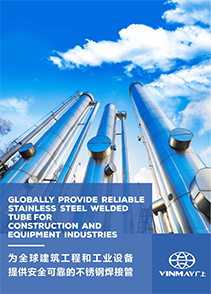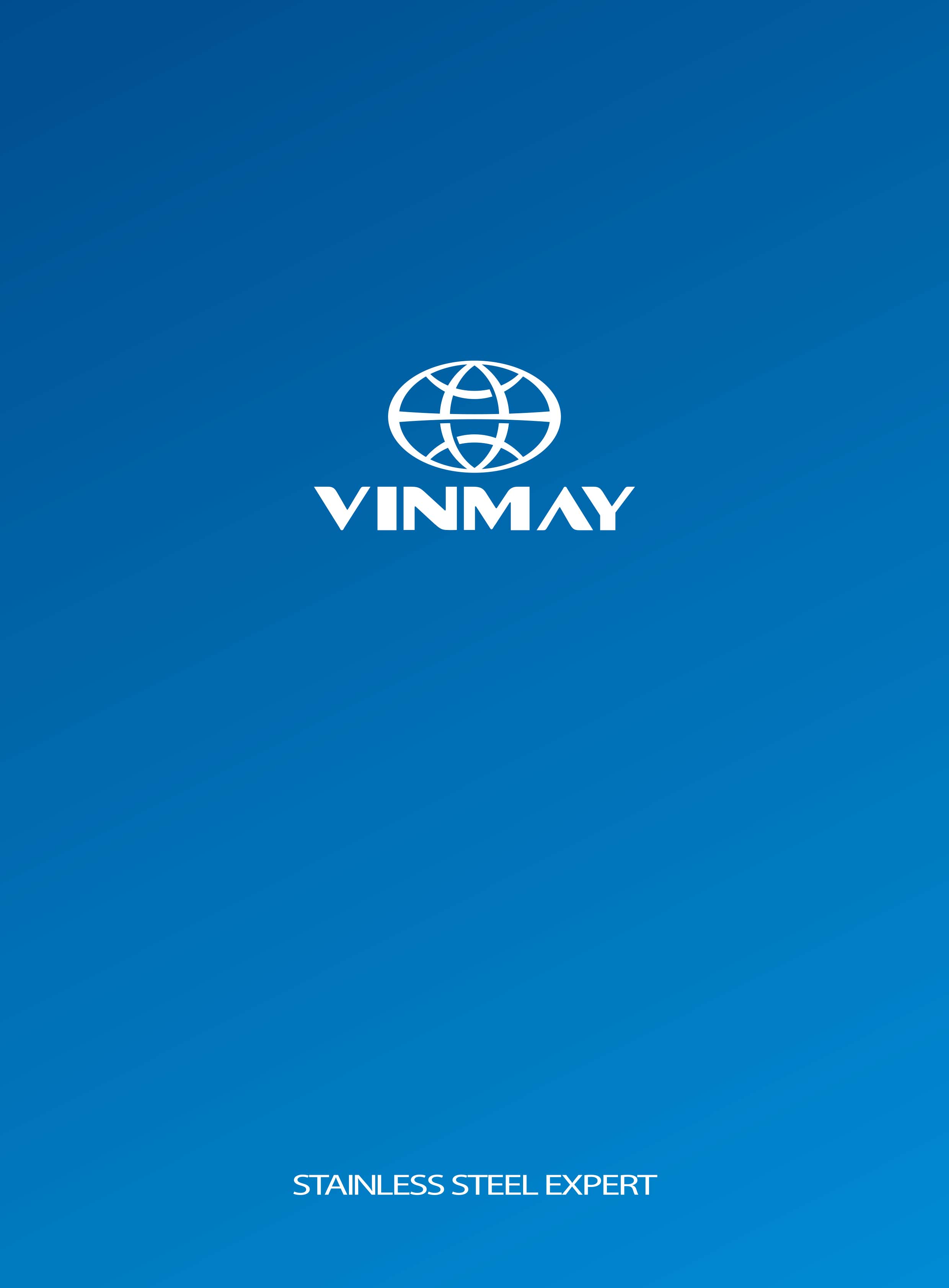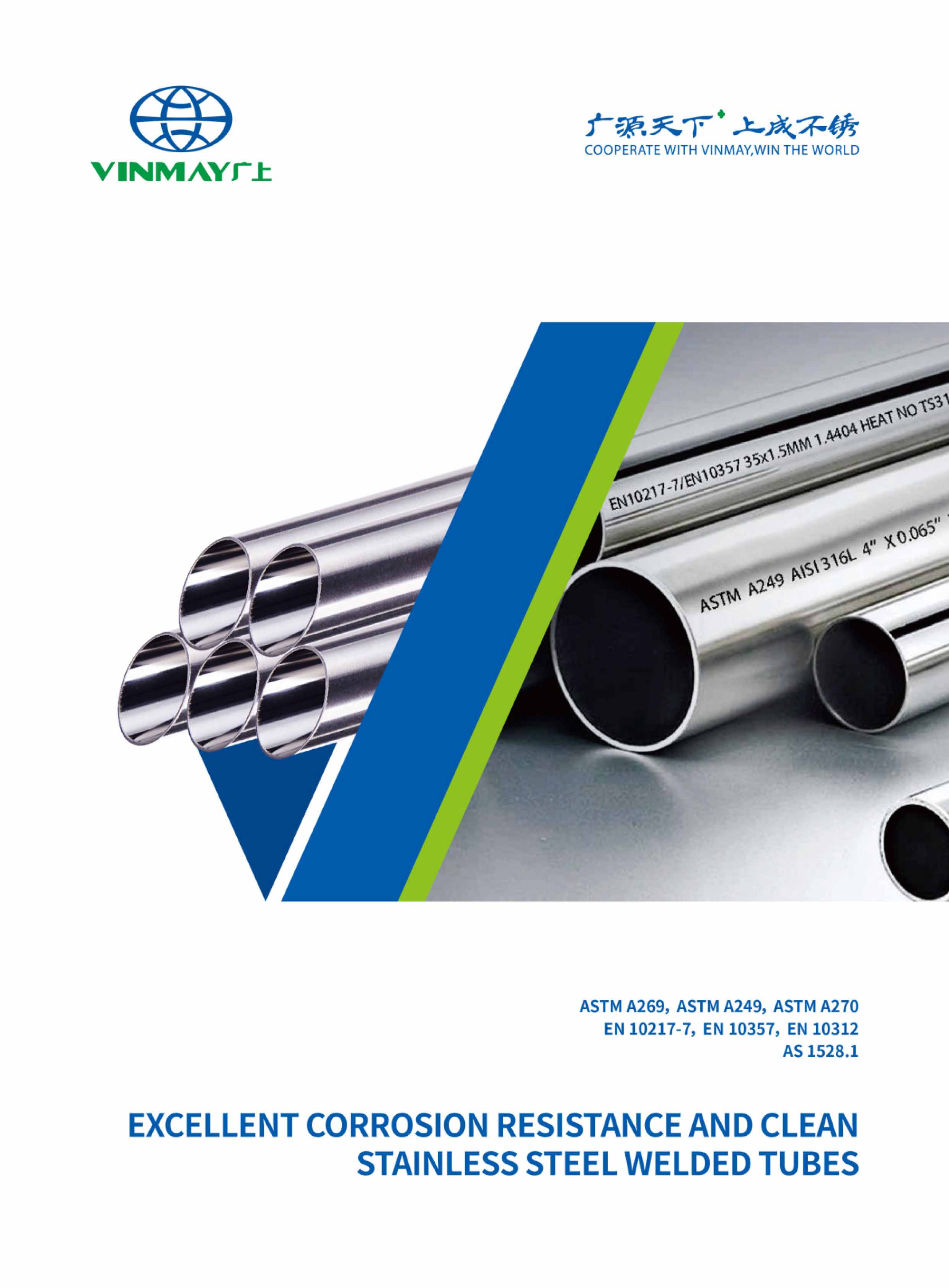When it comes to industrial piping, one size definitely does not fit all. Whether you're designing a plumbing system, outfitting a chemical processing facility, or sourcing materials for a construction project, choosing the right stainless steel pipe schedule is crucial. Pipe schedules aren't just technical jargon—they directly affect a pipe’s wall thickness, pressure tolerance, and long-term performance in harsh environments.
But what exactly does a pipe schedule mean? And how do you determine which schedule is best suited for your application?
In this guide, we’ll break down everything you need to know about stainless steel pipe schedules—from definitions and standard classifications to practical selection tips and real-world use cases. As a global leader in stainless steel pipe manufacturing, Vinmay offers deep expertise and high-quality products tailored to meet exact schedule requirements across various industries.
Let’s dive into the fundamentals so you can make confident, informed decisions for your next project.
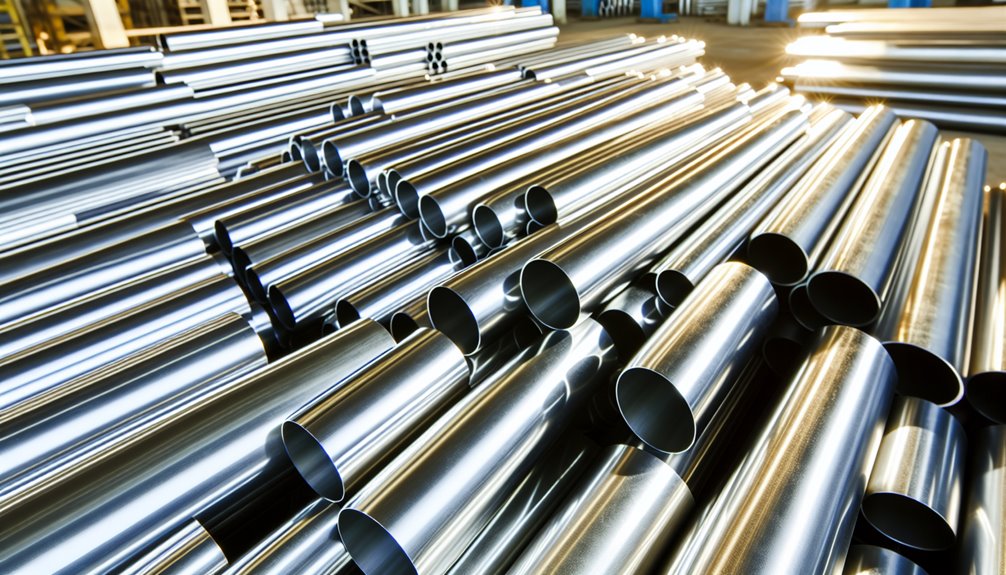
A pipe schedule is a standardized way to describe the wall thickness of a pipe. In stainless steel piping, the schedule not only determines the pipe’s strength and pressure capacity but also influences flow rates, compatibility, and overall system performance.
At its core, a pipe schedule is a numeric designation—such as Schedule 10, Schedule 40, or Schedule 80—that corresponds to a specific wall thickness relative to the Nominal Pipe Size (NPS). As the schedule number increases, so does the pipe wall thickness. However, it's important to note that this thickness is not uniform across all sizes; the wall thickness changes with the diameter of the pipe.
Understanding pipe schedules is essential when working with stainless steel piping systems for industrial, commercial, and sanitary applications. An incorrect schedule can lead to over-engineering (increased cost) or underperformance (safety and durability risks).
Many confuse pipe schedule with pipe size, but these are two distinct measurements:
For example, a 2-inch NPS stainless steel pipe could have drastically different wall thicknesses depending on whether it's Schedule 10, Schedule 40, or Schedule 80.
This difference is especially critical in high-pressure environments, where wall thickness must be sufficient to withstand internal loads.
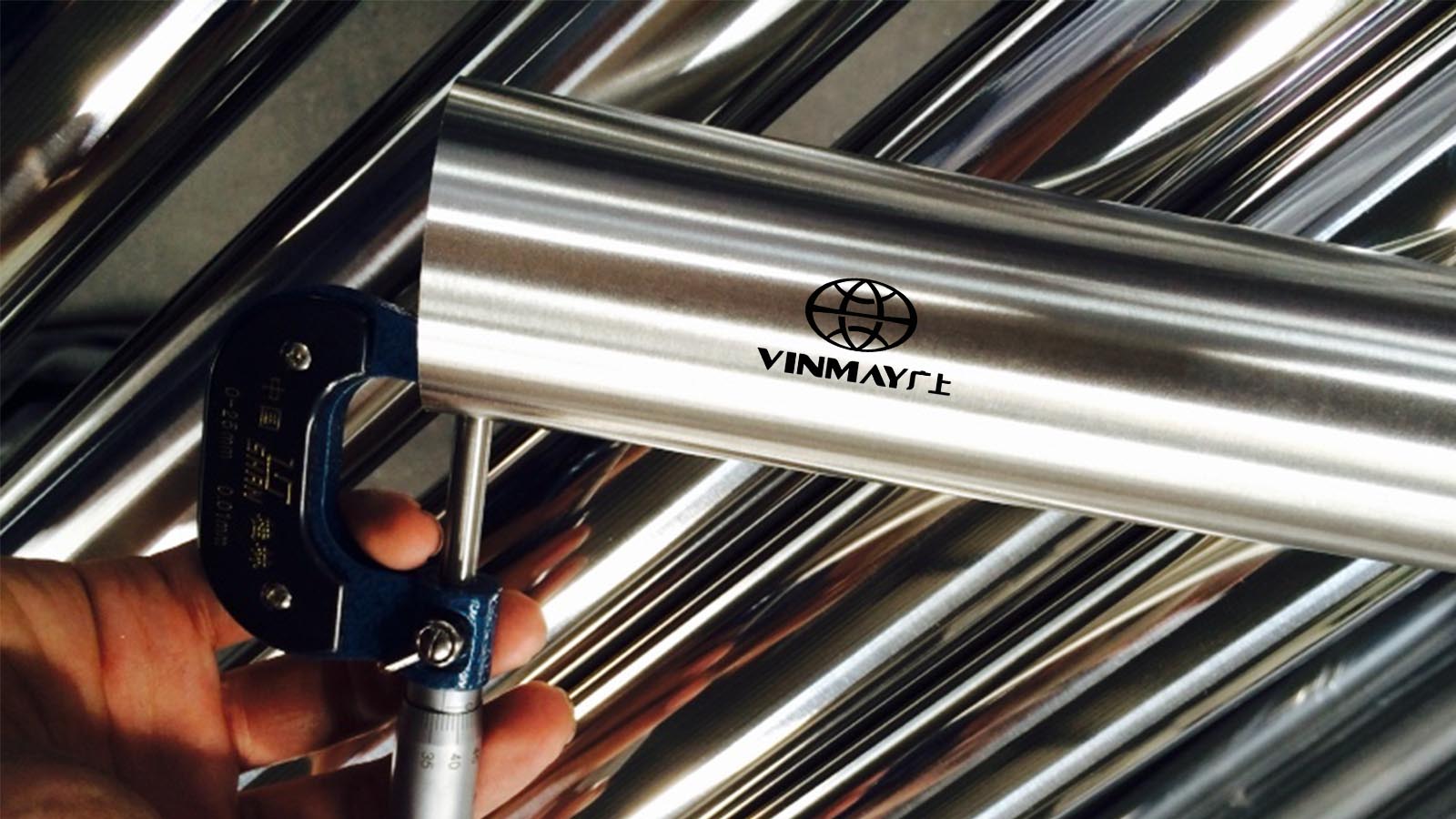
When selecting stainless steel piping for industrial, sanitary, or structural use, one of the first specifications to consider is the pipe schedule. Each schedule represents a different wall thickness, which directly impacts the pipe’s pressure capacity, durability, and suitability for various environments.
Below, we outline the most widely used stainless steel pipe schedules, highlighting their key characteristics and common applications to help you make the right choice.
🔗 Looking for certified stainless steel pipe products? Explore Vinmay's stainless steel welded pipes →
To simplify your selection process, here’s a comparative chart featuring pipe schedules, dimensions, and application suitability. All values are based on industry standards and can vary slightly by stainless steel grade or manufacturer.
| Nominal Pipe Size (NPS) | Schedule (SCH) | Wall Thickness (in) | Wall Thickness (mm) | Common Applications |
|---|---|---|---|---|
| 1” | SCH 10 | 0.109 | 2.77 | Sanitary piping, water systems |
| 1” | SCH 40 | 0.133 | 3.38 | Plumbing, air lines |
| 1” | SCH 80 | 0.179 | 4.55 | High-pressure steam or gas |
| 2” | SCH 10 | 0.154 | 3.91 | Process lines, light industrial use |
| 2” | SCH 40 | 0.218 | 5.54 | General-purpose industrial piping |
| 2” | SCH 80 | 0.276 | 7.01 | Pressurized chemical or fluid systems |
| 4” | SCH 10 | 0.083 | 2.11 | Ventilation, low-load fluid transfer |
| 4” | SCH 40 | 0.237 | 6.02 | Municipal piping, structural supports |
| 4” | SCH 80 | 0.337 | 8.56 | High-pressure industrial systems |
✅ Pro Tip: Need specs for your engineering team?
Download our full stainless steel pipe schedule chart (PDF) or get in touch for custom sizing options.
Selecting the appropriate stainless steel pipe schedule is not just about wall thickness—it’s about matching performance to purpose. The right choice can ensure system safety, optimize costs, and prevent costly failures due to under- or over-specification.
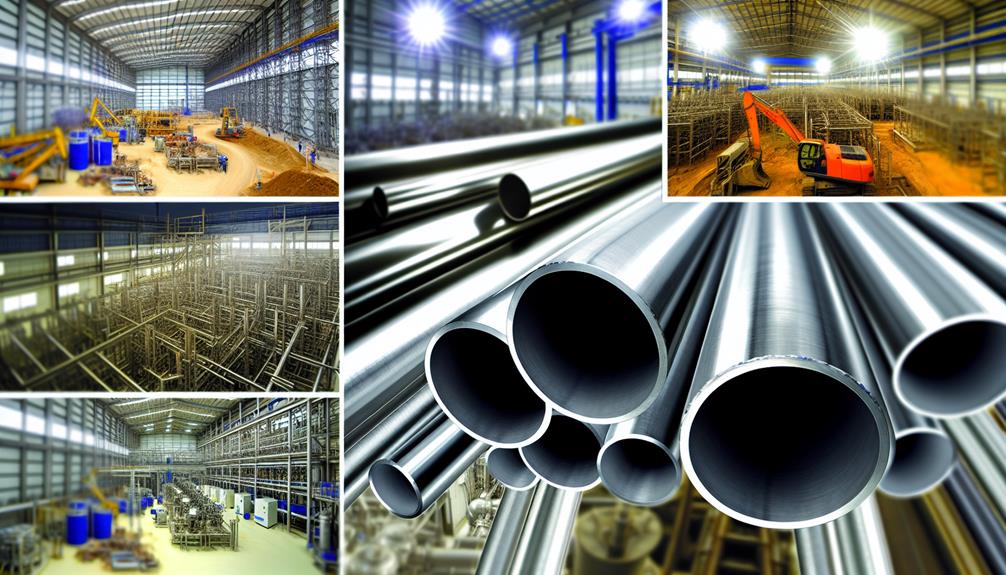
Here are the key factors to evaluate when choosing a pipe schedule for your application:
Each pipe schedule is rated for different pressure capacities.
Tip: Always verify pressure ratings based on the pipe diameter and stainless steel grade you’re using.
The nature of the fluid running through your system—especially if it's abrasive, acidic, or caustic—can influence wall degradation over time.
High-temperature environments require thicker walls and high-performance stainless grades to prevent deformation or failure.
If the pipe is exposed to external loads, vibration, or mechanical impact, opt for a thicker schedule:
Keep in mind: as wall thickness increases, internal diameter (ID) decreases, which can restrict flow.
| Application Type | Recommended Schedule | Reason |
|---|---|---|
| Decorative handrails | SCH 5 | Lightweight, easy to install |
| Sanitary fluid lines | SCH 10 | Clean finish, suitable for welding |
| General water distribution | SCH 40 | Balance of strength and cost |
| Steam or compressed air lines | SCH 80 | Withstands high pressure and temperature |
| Chemical processing or abrasive flow | SCH 80 / SCH 160 | Thick walls resist internal wear |
| Nuclear or military piping | SCH 160 / XXS | Maximum pressure resistance and reliability |
📞 Not sure what’s best for your system? Talk to a Vinmay stainless steel expert →
We'll help you select the most reliable and cost-effective schedule for your specific project needs.
Choosing the right pipe schedule is only part of the equation—the stainless steel grade you pair it with also plays a critical role in performance, durability, and cost.
Different grades of stainless steel offer varying levels of corrosion resistance, mechanical strength, and temperature tolerance. These properties can influence which schedule is best suited for your system.

Some grades resist specific types of corrosion better than others:
💡 Pro Tip: The best-performing system isn’t always the thickest—it’s the one with the right schedule and grade combination.
| Environment | Suggested Grade | Recommended Schedule | Notes |
|---|---|---|---|
| Clean water, indoor use | 304 | SCH 10 or 40 | Affordable and sufficient for basic needs |
| Marine or salty environments | 316 | SCH 10 or 80 | High corrosion resistance |
| Chemical transport | 316L / Duplex | SCH 80 or 160 | Handles aggressive media and high pressure |
| High-temp steam systems | 321 / 347 | SCH 80 or XXS | Stabilized grades reduce thermal degradation |
| Clean room / pharma use | 316L | SCH 10 | Smooth welds, hygienic surfaces |
Selecting the right grade and schedule guarantees peak performance.
Understanding stainless steel pipe schedule standards and certifications is crucial for ensuring that your stainless steel piping meets regulatory requirements, project specifications, and performance expectations. These standards define everything from dimensional tolerances to pressure ratings and testing protocols.
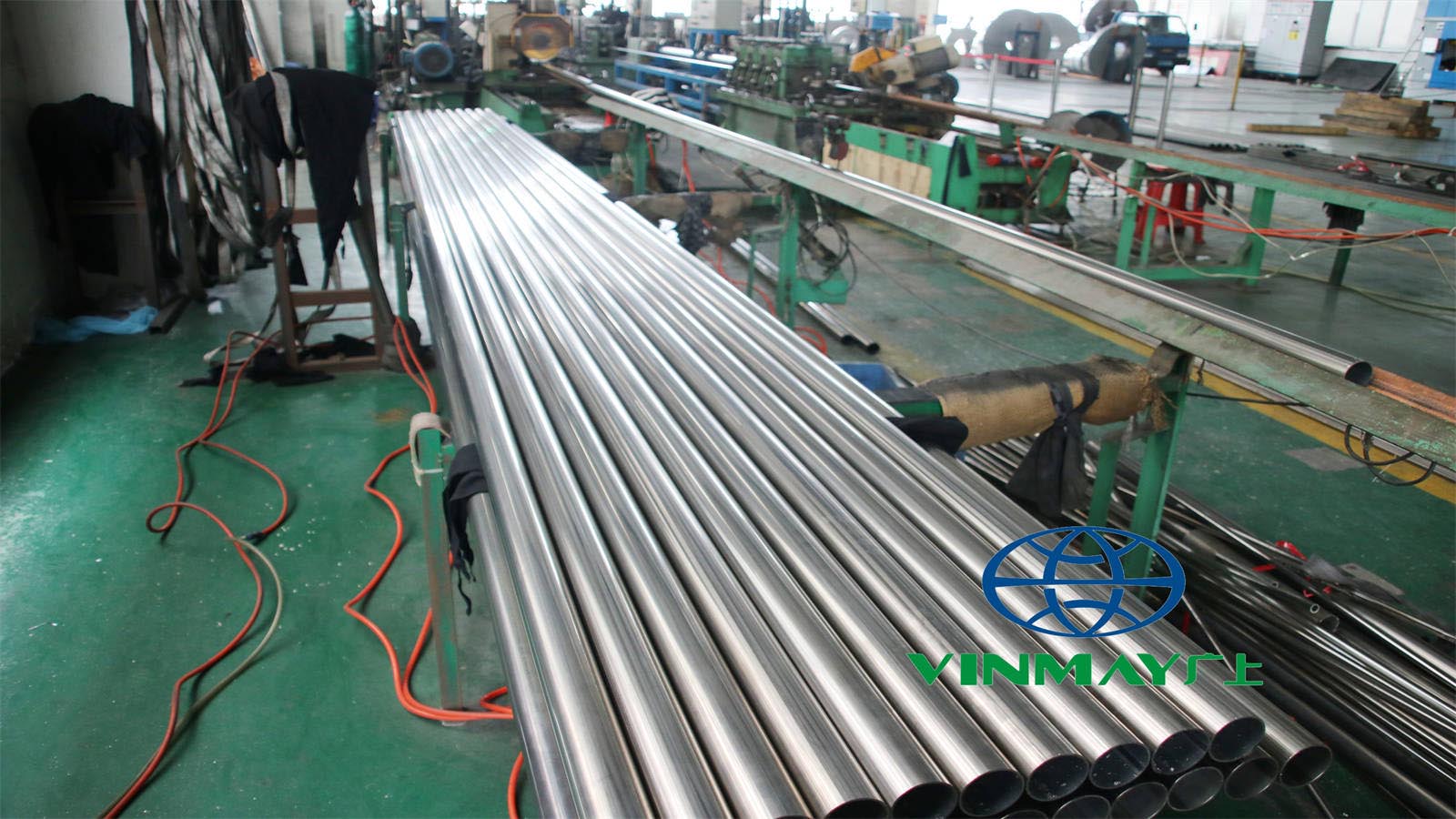
Whether you're sourcing for industrial, commercial, or hygienic applications, knowing what each standard means will help you select compliant, high-quality piping products.
These are the two most widely recognized standards governing pipe dimensions in North America:
🔍 Tip: The “S” in schedules (like 10S) denotes stainless steel and typically indicates thinner wall thickness than their carbon steel counterparts.
The American Society for Testing and Materials (ASTM) outlines the material, manufacturing, and testing requirements for stainless steel pipes:
For global projects, international standards are key:
🌍 Note: Vinmay’s stainless steel pipes are produced to meet both international and domestic standards, ensuring full traceability and export-readiness.
For specialized sectors, additional certifications may be required:
| Industry | Relevant Standards | Purpose |
|---|---|---|
| Food & Beverage | ASTM A270, 3-A Sanitary Standards | Cleanability, sanitary surface finishes |
| Pharmaceutical | ASME BPE, USP Class VI | Biocompatibility, hygienic fabrication |
| Oil & Gas | NACE MR0175, API 5L | Resistance to sulfide stress cracking |
| Pressure Equipment | PED (EU), ASME Section VIII (US) | Certified for use in pressure vessels and piping |
📌 At Vinmay, all stainless steel welded pipes are manufactured under strict quality control systems, conforming to international norms like ASTM A312, ASME B36.19, and ISO 9001:2015.
🔗 Browse certified stainless steel pipes →
Vinmay stands out as a leading manufacturer of premium stainless steel welded pipes and fittings, with a strong focus on the construction and chemical industries. Our diverse product line includes welded tubes, handrail fittings, and ornamental pipes—designed to meet the needs of both structural and decorative applications.
All products are manufactured in compliance with international standards such as ASTM and EN, ensuring consistent quality and performance in demanding environments. Notable projects, such as the Tribeca Mall handrail in Mauritius, showcase our commitment to excellence.
With a presence in over 100 countries, Vinmay offers global support through virtual factory tours, efficient logistics, and flexible payment terms. We maintain competitive pricing while delivering high-quality products within 15 days, making us a reliable alternative to Taiwanese and European suppliers.
Ready to source reliable stainless steel pipes for your next project? Contact Vinmay today or explore our product catalog to get started.
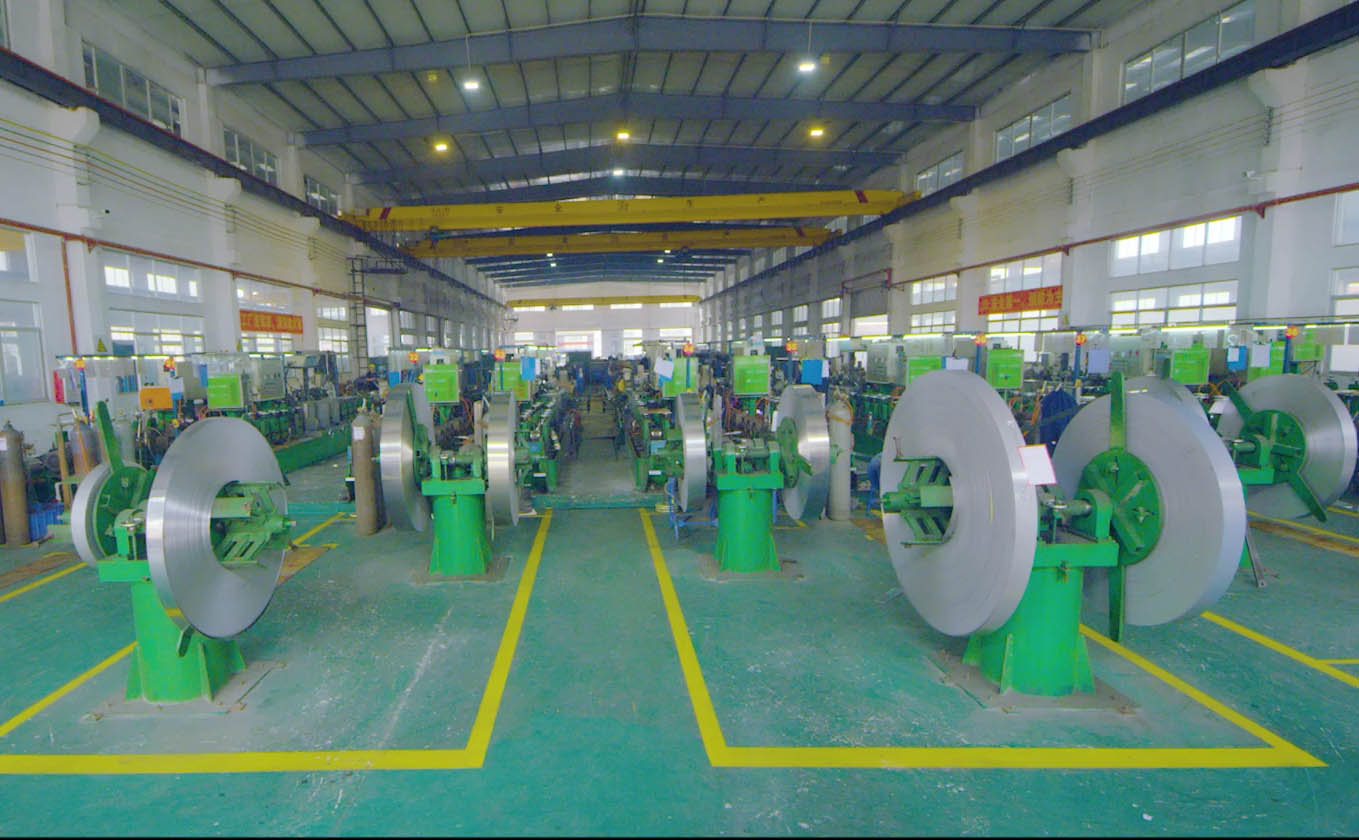
The dance between thickness and strength reveals cost implications, as pipe schedules symbolize the hidden forces shaping pricing variations. An informed choice offers control, allowing one to navigate the labyrinth of costs with precision and confidence.
Related Article: Stainless Steel Tube Cost
When selecting pipe schedules, considering environmental factors involves evaluating sustainability practices and recycling options. Decision-makers should assess materials' lifecycle impacts to guarantee responsible resource use, aligning with eco-friendly goals and enhancing their control over environmental outcomes.
Could the mystery of pipe longevity be hidden within schedules? Intriguingly, thicker schedules enhance corrosion resistance, prolonging lifespan. Those seeking control over durability must consider schedule selection, as this decision considerably influences the enduring performance of their stainless steel investments.
Pipe schedules greatly impact weight calculations, as they determine wall thickness. By adjusting thickness, they alter the volume of material used, affecting weight. Material density also plays an essential role in these precise weight calculations for informed decision-making.
One might question the necessity, but thorough pipe cleaning and corrosion prevention are essential for maintaining various pipe schedules. Proper maintenance guarantees longevity and efficiency, empowering users to uphold stringent control over operational standards and system integrity.
Understanding stainless steel pipe schedules is essential when selecting the right piping solution for your project. From light-duty applications requiring Schedule 5 or 10 to high-pressure systems that demand Schedule 80 or 160, choosing the right schedule ensures performance, safety, and cost-efficiency.
At Vinmay, we combine technical expertise, certified manufacturing, and global service to help you find the most suitable stainless steel piping for your needs. Our wide selection of pipe schedules, compliance with international standards, and fast delivery make us a preferred supplier for industries around the world.
Whether you're planning a sanitary system or an industrial pipeline, Vinmay has the stainless steel solution to match.
